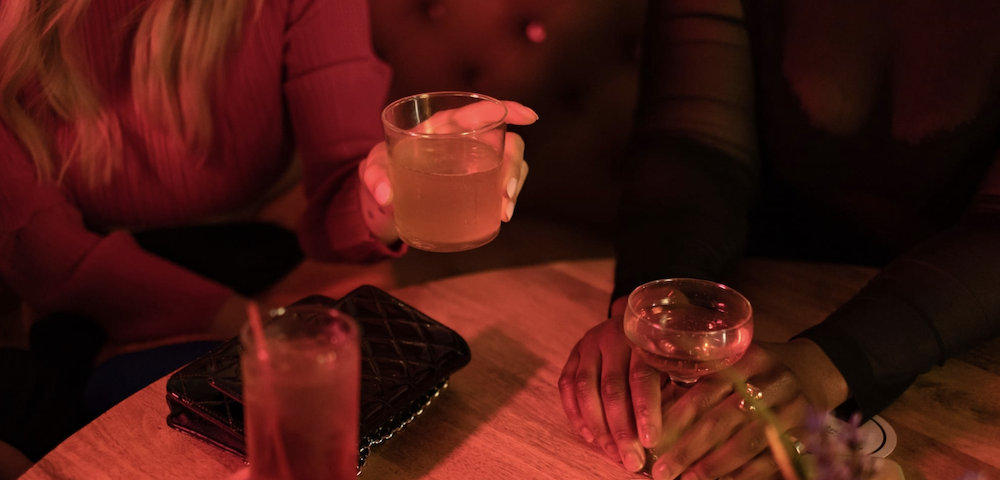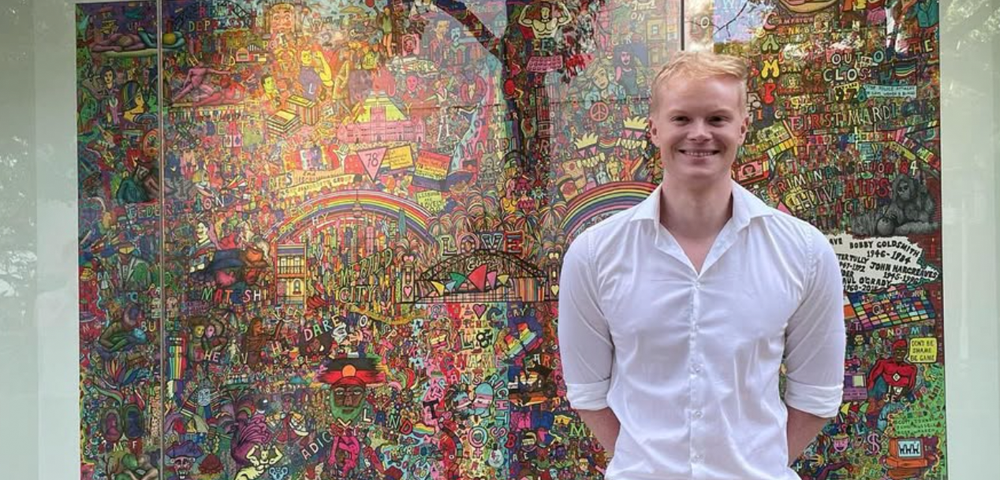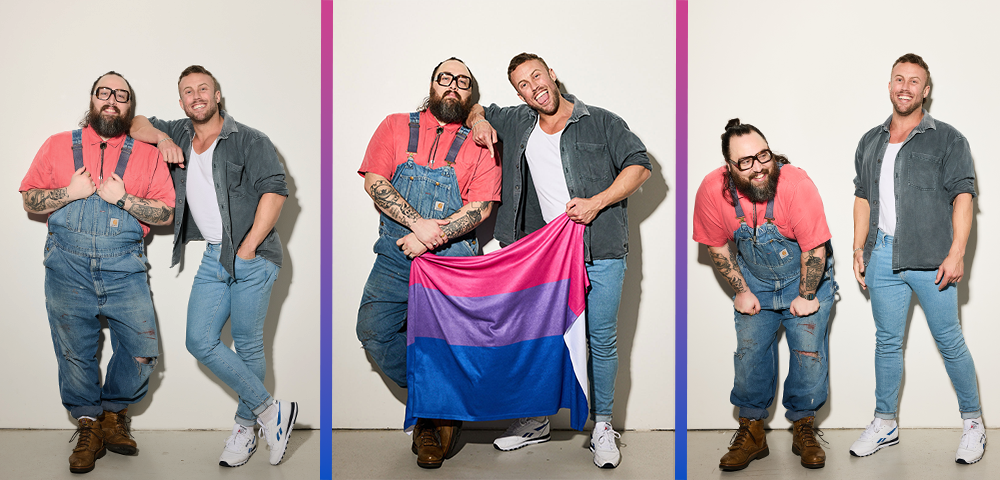

 Traffic signals ensure a smooth flow of traffic – equally train signals allow the safe passage of a train from one station to the next. The school crossing lollipop person signals cars to stop so kids can cross in safety. There are all sorts of signals – some that you see and some that you miss. There are also signals that are directed at particular people whether they target individuals or are displayed for a collective subset to notice.
Traffic signals ensure a smooth flow of traffic – equally train signals allow the safe passage of a train from one station to the next. The school crossing lollipop person signals cars to stop so kids can cross in safety. There are all sorts of signals – some that you see and some that you miss. There are also signals that are directed at particular people whether they target individuals or are displayed for a collective subset to notice.
Way back in the early days of the last century, decades before the decriminalisation of homosexuality here in Victoria, certain signals were developed that let other same-sex attracted men know that you were one too. My understanding is that a paisley tie or purple socks, in a time when most men wore suits to work, were a sure way to spot each other.
Over time by the middle of the last century other signals had come into vogue. Before sports shoes were big business, a now major sports shoe manufacturer developed a range of sports shoes with different colours and numbers of stripes on the shoe to ascertain which type was for each individual sport. For gay men however, the number of stripes might indicate what you’re into sexually, but then that signal dissipated when absolutely everyone discovered such shoes as regular everyday footwear.
Bunches of keys had a much shorter lifespan as an indicator that you were gay. Keys were once relegated to being shoved into a pocket and never seen. Then they became a signal and were worn on the front of the pants hanging down on the left or right hand side of the crotch in ever-longer bunches indicating – often falsely – about how big your penis was. Worn on the left meant you were a top and on the right that you were a bottom. Then the keys moved from the front to the side of a guy’s pants but still carried the signal that you were ‘family’.
Brightly coloured handkerchiefs or bandanas seem to have faded into the mists of time except at some leather or fetish gatherings. Once again the side they were worn on indicated whether you were a top or bottom, worn rolled up around your neck usually meant you swung both ways. For a list of what colour means what: type gay hanky code into your favourite search engine. I used to be a grey hunter green kind of guy.
Safety pins were a short-lived signal in the early days of HIV before it really had a name. Wearing a safety pin on your shirt or jacket indicated that ‘yes’ you were into safe sex. What sort of signals do folk use nowadays – social media perhaps?
Tex McKenzie is a Health Educator with VAC/GMHC









